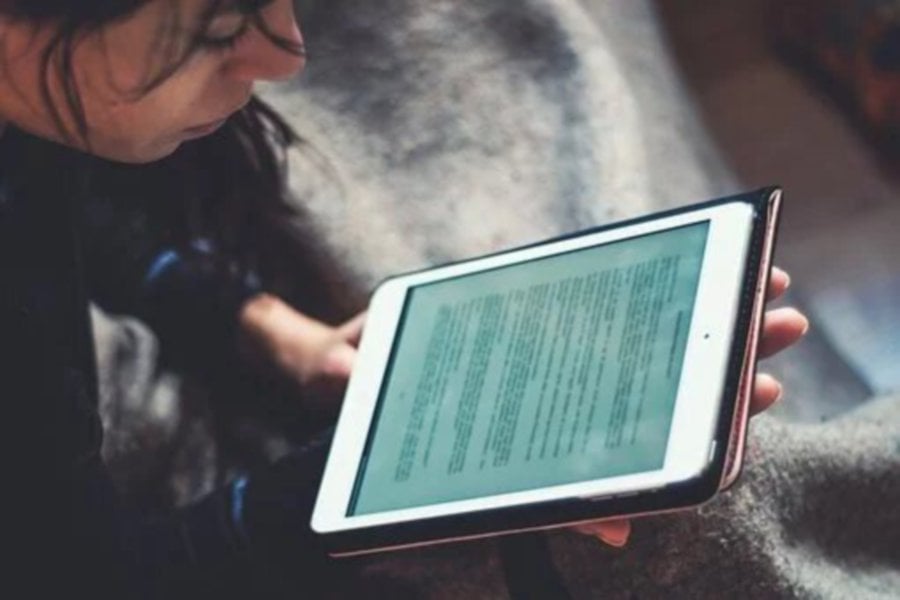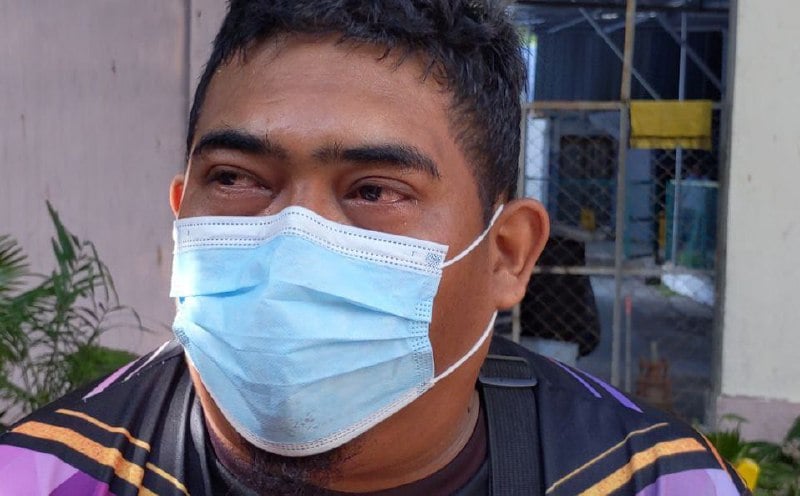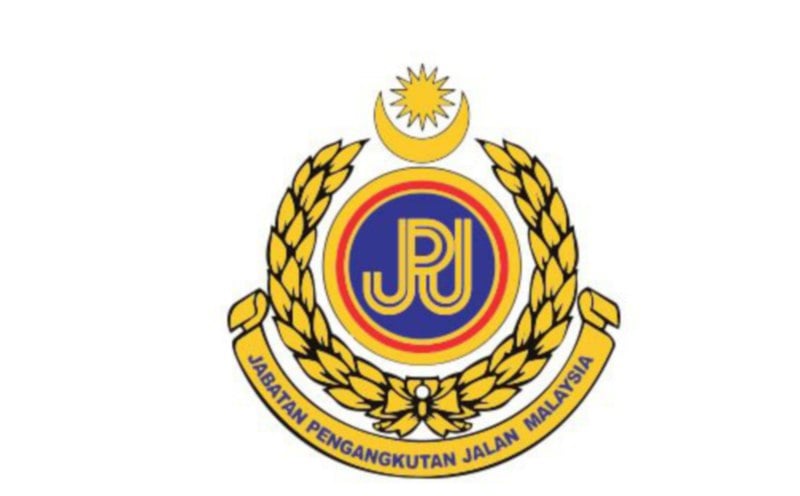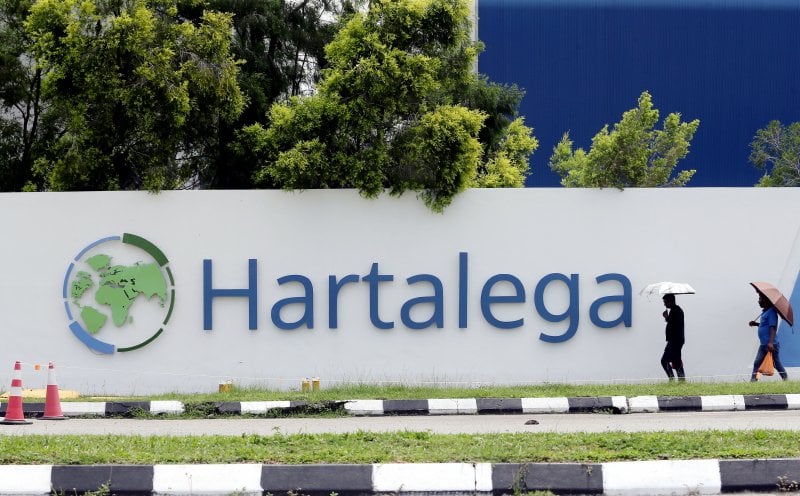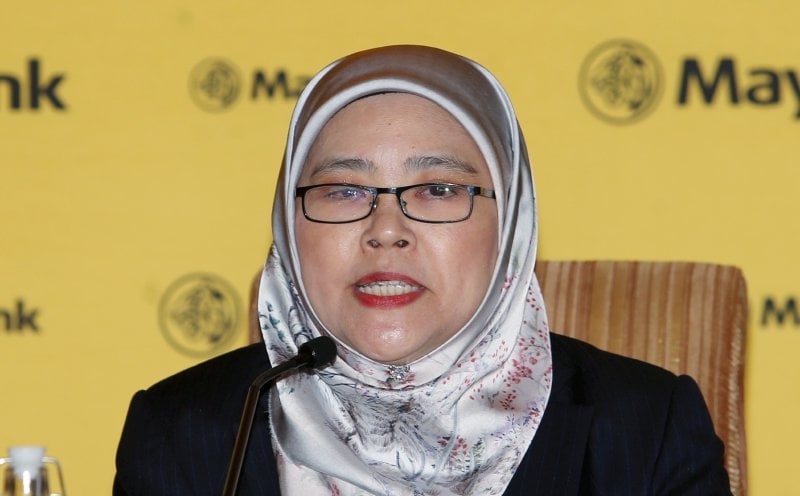THE Covid-19 pandemic and closure of all schools across the country has thrown teachers a curveball.
How do they teach remotely during this unprecedented time so students don’t lose a sizable chunk of their education?
Mohd Khalis Khalid, a Chemistry teacher from Sekolah Sultan Alam Shah (SAS) Putrajaya said he will make sure that his boys are given tasks to be completed despite no face-to-face session.
“I ask them to hand in the tasks in any platform that is available to them. Anything, be it in the form of messages, snapping a photo of the tasks, voice notes, emailing, or the use of platforms such as Google Classroom,” he said.
“I use Zoom meetings with my boys who have good Internet access and especially with those who are weak too.
“The nature of the Chemistry subject is that it requires techniques and explanations so I need to show them one by one using examples.
“So far, there's no problem with these sessions. For me, it’s important to see their faces and their expressions, to give them moral support throughout the MCO as we don’t really know when it will end,” he said.
Mohd Khalis, who teaches Form 4 and 5 students, added that he also uses Telegram and WhatsApp group chats to communicate with those who were unable to join the Zoom meetings.
“They are free to ask me anything they do not understand and I can also give instructions to them,” he said.
On the rate of success using these digital methods, Mohd Khalis said: “This is not a new dimension in terms of teaching and learning, but not every teacher has the experience with e-learning.
"This is definitely a boost to the 21st century teaching and learning in this country.” he said.
Meanwhile, English teacher Bobby Chan Sze Ing from SMK Seri Perling, Johor Baru said most teachers have set up online chat groups with different classes and assigned worksheets that are relevant to the examination format.
Chan, who teaches Form 3, 4 and 5 students said: “For me, I am using WhatsApp or Telegram Group chats as well as Google Classroom.
"As for oral practice, I assign my students to a TikTok assignment where they have to create a speaking task effectively on a given topic.”
“There are also other options where teachers use Zoom or Google Meet to do virtual conferencing with their students. It’s pretty interesting and worth trying,” he added.
The Education Ministry (MOE) in a statement had said that student learning can be implemented effectively even under these challenging conditions.
However, teachers are reminded to take into account students with limited Internet access.
For these students, MOE suggested that teachers may request that students carry out learning activities using textbooks and workbooks without having to leave home.
Delivery and retrieval of printed material during the MCO period is strictly prohibited.
MOE also provided a set of guidelines for teaching and learning (Pengajaran dan Pembelajaran -- PdP) implementation during the Movement Control Order (MCO) which details the roles and responsibilities of administrators, teachers, parents and students to ensure effective delivery of PdP.
Teachers have been asked to utilise a variety of online and social media platforms suitable for planning and directing lessons and homework, to ensure no student is left behind, and is able to follow continuous learning in a safe manner,
The learning platform provided by the MOE is accessible via http://www.moe-dl.edu.my.
This platform provides links to Google Classroom and Microsoft Teams for PdP purposes, digital textbooks, PdP videos (Ed FurnitureTV/CikgooTube) and links to PdP-assisted apps like Edpuzzle (interactive video teaching app), Quizizz (quiz shape games) and Kahoot (game-based learning).
In addition, parents can access EduwebTV (video collection) and CikgooTube (sharing a video collection of teacher creativity efforts) to aid learning children at home via http://eduwebtv.moe.edu.my and http://bit.ly/cikgootube.


